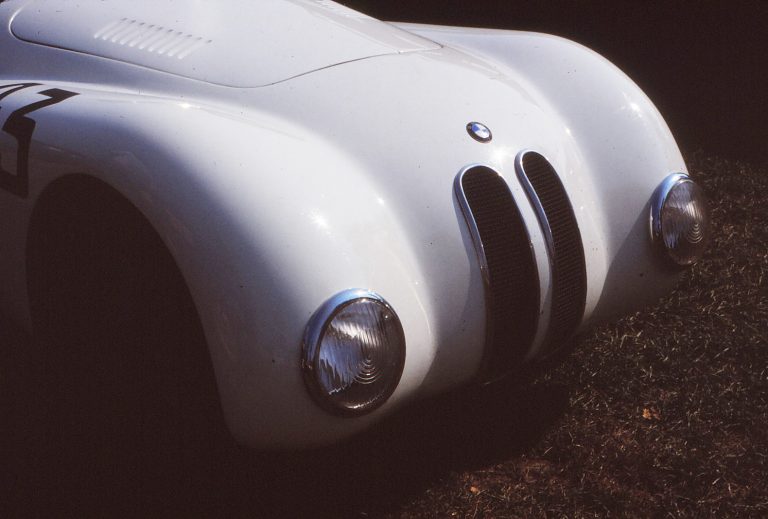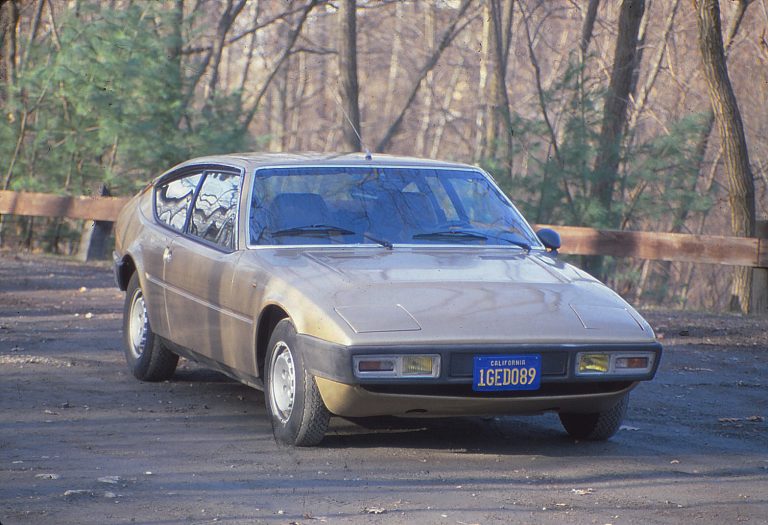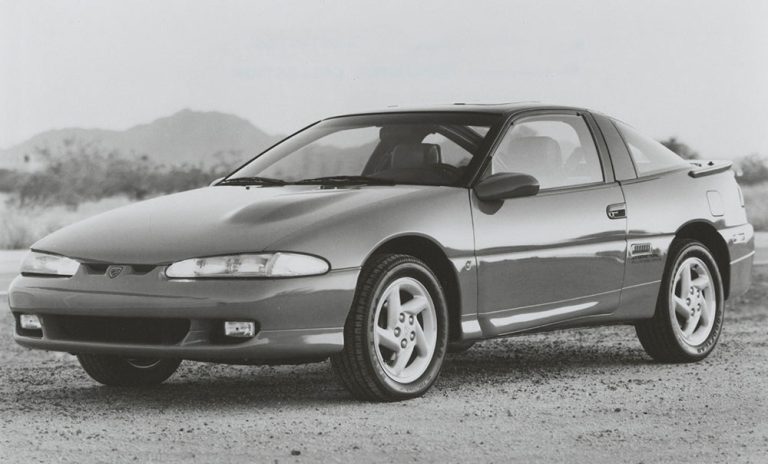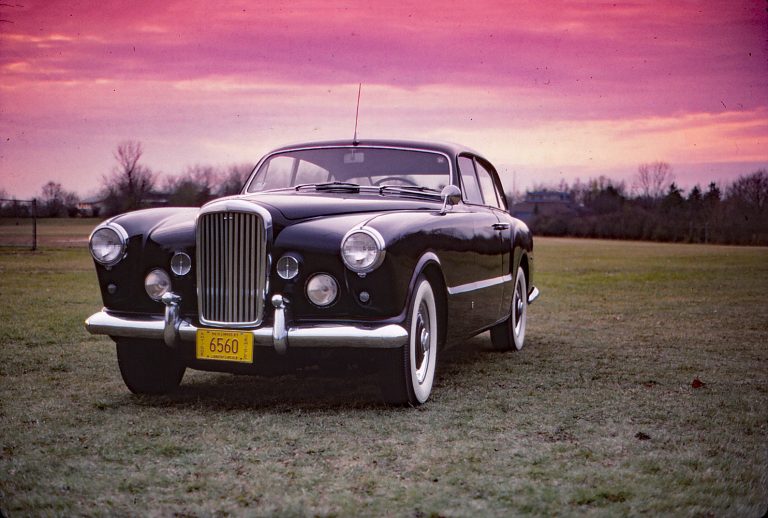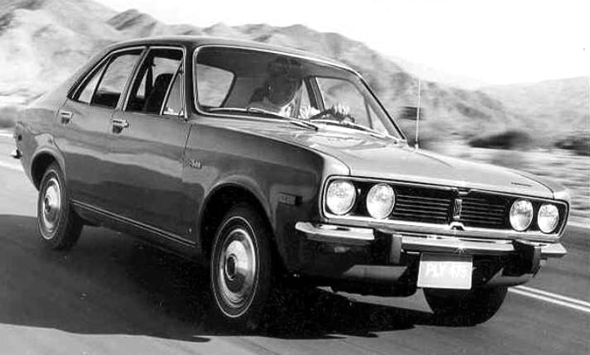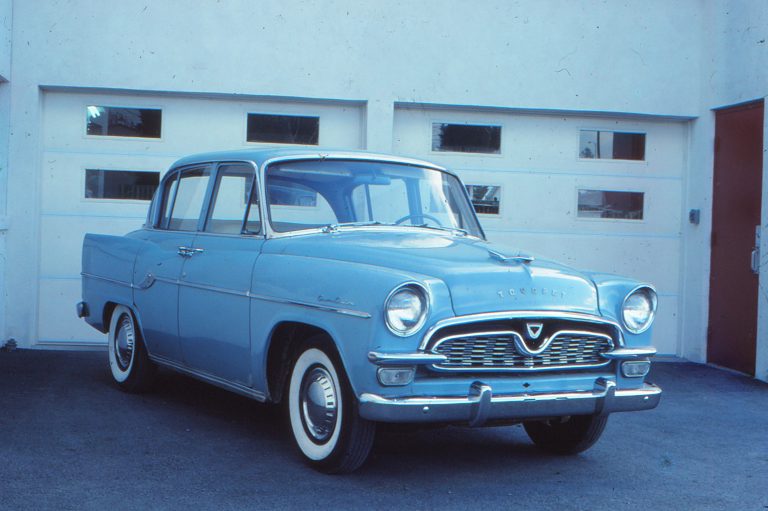The organization for this marque is known as the Bentley Driver’s Club. Not, mind you, Bentley Owners Club. Anyone can be an owner. All it takes is a healthy checkbook and willingness to use it.
Which is not to say it doesn’t take a Third World country’s annual budget to own a Bentley. These cars don’t come cheap. Never have, most likely never will. But it’s a matter of attitude. Bentleys are meant to be driven. A Rolls-Royce inspires a vision of a chauffeur; the Bentley, a driver.
History/driving impressions originally published in AutoWeek, November 9, 1987; republished by author John Matras
So it is not surprising to see John Schieffelin hurtling his huge four-seat 1926 Bentley 3-litre around Lime Rock or wherever locked tooth and fang in the vintage race battle of the moment. And it’s not surprising to learn that John drove the Bentley to Lime Rock, either. It’s not all that far from his home in Florence, Mass.
But when he arrives in Pittsburgh for the Pittsburgh Vintage Grand Prix at the wheel of the Bentley, followed only by a chase truck towing his other racer, an Arnolt-Bristol, you have to be impressed. Especially when you learn that he plans to race the car. And drive it home. All without a net. The chase truck, remember, is busy with the Arnolt. And that is, by conservative estimate, a 600-mile drive. One way.
It was at Pittsburgh that I met Schieffelin, former motorcycle dealer turned (for the time being) gentleman of leisure. He had parked the Bentley near the track where it was to be used by a local TV sportscaster to give the stick-and-ball report from the driver’s seat. (Pittsburgh goes all out for the Grand Prix. Being for charity helps, but is still nice to be welcome).
Schieffelin was performing his race prep. Tying the number plates on. And folding the windscreen flat and erecting the Brooklands screens. Which really don’t, admits Schieffelin, have much of an effect one way or the other on a tight, slow course like Pittsburgh’s, but one does have to look the part. And, of course, he checks the fluid levels and things like that, but that’s more of a trip -induced duty than race preparations.
The 3-litre was Bentley’s first model, and if it borrowed heavily from the prewar Mercedes-Benz design, well, that’s what they get for letting one lie about in England as the Great War began. As W.O. Bentley himself pointed out in his The Cars in My Life “we made no attempt at originality or unorthodoxy… We had very little money for the experimental work and no development department at all.”
So Bentley and crew set out to take the best of what had gone before and adapt it to his needs. The result was an in-line four of 2994 cc with a single overhead cam and four valves per cylinder. The camshaft was driven by a bevel drive vertical shaft at the front of the engine, the valves operated by rocker arms. It was this part of the design that was inspired by the Benz engine.
W.0. was adamant about other parts of the design, however. “The use of separate steel forgings in the welded-up ports and water jackets was not used (sic), and the design of the cylinder block, which had several cover plates enabling you to be sure that the water passages were clear and free from sand, was our own idea. The lower half of the engine was our own original design, too, for which we owed nothing to anyone.” The engine also featured a non-detachable head and dry sump lubrication.
Suspension was “quite orthodox,” with a semi-elliptic springs at both ends. Brakes were four-wheel mechanical (starting in 1923) and a four-speed non-synchro gearbox was used. Bentley wanted to use hydraulic brakes with the lines stopping short of the brakes themselves, the goal being brake balance – but lacked development time and had to go with tried and relatively true methods. Similarly Bentley and H.T. Burgess tried synchronizing the gearbox by means of friction, but again lacked the time needed to adequately develop the idea.
W.O.’s goal for the Bentley 3-litre was a “a car that could be pushed all day long that 60 or more miles an hour over almost any sort of road surface.” It was, Bentley noted, possible to drive long distances at high speed in England, but it was the Continental roads he really had in mind. “French roads in the 1920s were as straight, and as long, as they are today, but their surface was often appalling and at the same time there was a great temptation to drive fast.” It was “long legs” Bentley was looking for, while “sacrificing none of the merits of the good British touring car of the day.”
Seen in the light of W.0. Bentley’s concept, John Schieffelin’s 1200 mile drive in his Bentley 3-litre is merely part of the plan. W.O. wouldn’t have expected less. Nor would he have been surprised by the racing. The first factory race outing, the 1922 Indianapolis 500, was a failure, but only for lack of speed; the car did finish. A few weeks later in the Isle of Man Tourist Trophy, Bentleys finished second, fourth and fifth, winning the team prize. Later in 1922, privateer John Duff took Brooklands class records from three hours to 1000 miles, averaging around 88 mph. In 1923, he finished fourth in the inaugural 24 hours of Le Mans, and the next year won that race outright.
But Pittsburgh is something else again from the long loop of Brooklyn’s banking or the twice around-the-clock French grind. The track is a city park road with hairpin corners and switchbacks and is diabolically crowned to boot. Not exactly this British car’s cup of tea, as I found taking the car around in a pre-race tour. The steering is precise and very quick, but the price is very heavy feel (probably an asset on the Mulsanne straight). The non-synchro box is a chore, and there is no rushing it on the up shifts. One merely waits for the innards to slow and catch the next gear on the way by. The long-on-torque long stroke engine fortunately reduced the need for shifting. It’s all the more remarkable, then, that in the final race at Pittsburgh – admittedly a handicap – Schieffelin almost won overall against vintage racer of a much more recent vintage, being overtaken only on the last lap.
In 1920, before the Bentley 3-litre went into production, The Autocar called it a “Racer and Town Carriage Combined.” Later, in 1925, it said that while the 3-litre “meets the most exacting requirements of the enthusiast and holds an enviable position in the racing world, it nevertheless combines all the virtues of a sound and serviceable car for the ordinary occasions of life.” If Schieffelin’s Bentley is any measure, nothing has changed.
Addendum: Schlieffelin is still hurtling his Bentley 3-litre around race tracks almost 30 years after I had the experience of driving it. David LaChance caught up with John who recounted his experience in a delightful article in Hemmings.com.
I also had the opportunity to drive and write up a 1924 Bentley 3-litre, also published in AutoWeek.




